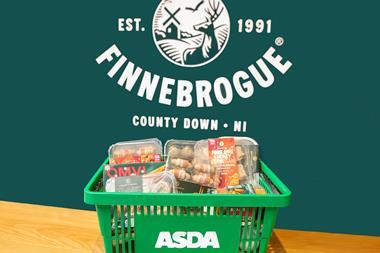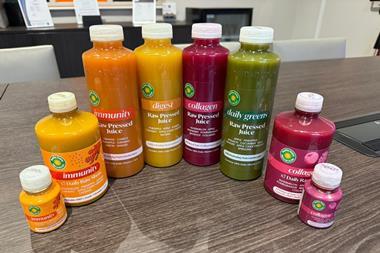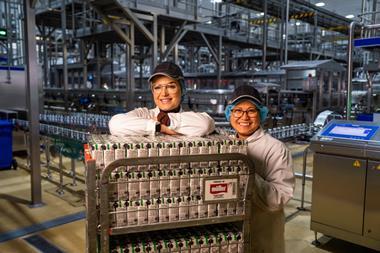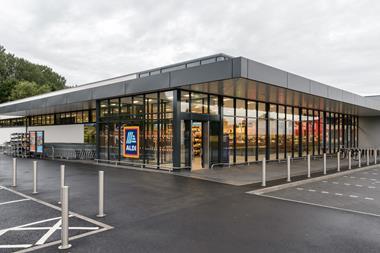The British pork industry is going through a tough time, so it's time to look at better carcase utilisation, says Rick Sanderson, pork chain business development manager, PIC International We are now at a critical moment for the future of UK pork production, with unprecedented raw material prices and retail price inflation. The time has come for the industry to start making positive decisions. Should we focus solely on offering customers low-cost products that fit the supermarkets' every day lower price culture? Or should we embrace the trend for premiumisation and focus on delivering a superior food product? At PIC we have worked hard in the past two years, focusing on specific markets and conducting consumer research. By asking consumers what the drivers of purchase were, we found that the price of the product was only fourth in the list of priorities, with attributes such as colour, leanness and texture heading the list. This gives us great encouragement as a breeding company, as we know we can influence these traits through genetic improvement. The direction we take at this crossroad presents two key questions: will the consumer pay for a more premium product under the current economic climate and - more critically - can the British farmer survive if he tries to compete on cost with cheaper foreign imports? In an opinion poll at the Pig & Poultry Fair, just over 50% of visitors voted in favour of a pork industry focused on quality. If we are going to produce this quality meat, how much of it will the UK consumer actually want to buy? There are exciting opportunities waiting to be explored to make pork more relevant to the UK consumer, as well as combating the biggest issue we have - carcase utilisation, as demonstrated by Dunnhumby supermarket data. Pork shoulder represents 33.5% of the carcase in meat terms, yet only 0.5% of all supermarket consumers had purchased fresh pork shoulder in the past two years. Likewise, only 2.5% of these consumers had bought fresh pork belly, which along with the shoulder accounts for 50% of the meat on the carcase. With the current weakness of the pound there are, of course, export opportunities for these cuts. However, this market is not always attractive or available. We must be innovative and create products that fit the consumer need for easy cooking, short preparation times and provenance. We have highlighted products such as pork burgers, meat balls for pasta, pork ribs for BBQ and roasts and more. These all come from unfashionable cuts of the pig yet would add real value for the consumer.
Close menu
- Home
- Retail & Wholesale
-
Products & Suppliers
- Back to parent navigation item
- Products & Suppliers
-
Product Categories:
- Back to parent navigation item
- Product Categories:
- Alcoholic drinks
- Bakery
- Cereals & breakfast
- Cheese
- Chicken & poultry
- Chocolate
- Confectionery
- Crisps, nuts & snacks
- Dairy
- Fish
- Fresh produce
- Frozen
- Household
- Meat
- Own Label
- Sauces & condiments
- Seasonal
- Soft drinks
- Vaping
- Vegan & plant-based
- World foods
- Suppliers
- People
- Reports & Data
-
Topics A-Z
- Back to parent navigation item
- Topics A-Z
-
Popular topics:
- Back to parent navigation item
- Popular topics:
- Cost of living crisis
- Crime
- Deposit Return Schemes
- Finance
- Government & Regulation
- Health
- Inflation
- Loyalty
- Marketing
- Mergers & Acquisitions
- New Product Development
- Sourcing
- Supply chain
- Sustainability & environment
- Technology
- Ultra Processed Foods
- Vaping
- A-Z all topics
- Content by type:
- Events
- Subscribe now
Talking shop - Rick Sanderson, pork chain business development manager, PIC International
2008-05-26T00:00:00+01:00
Sign in to comment on this article
Not logged in before? Register for FREE guest access today.
You will be able to:
- Read more stories
- Receive daily newsletters
- Comment on stories
Advert

















No comments yet